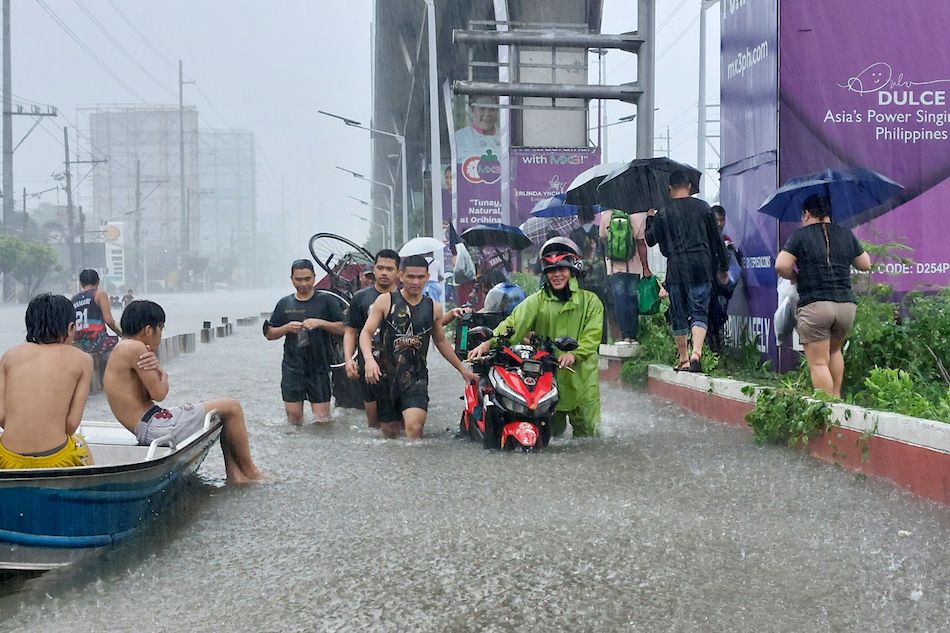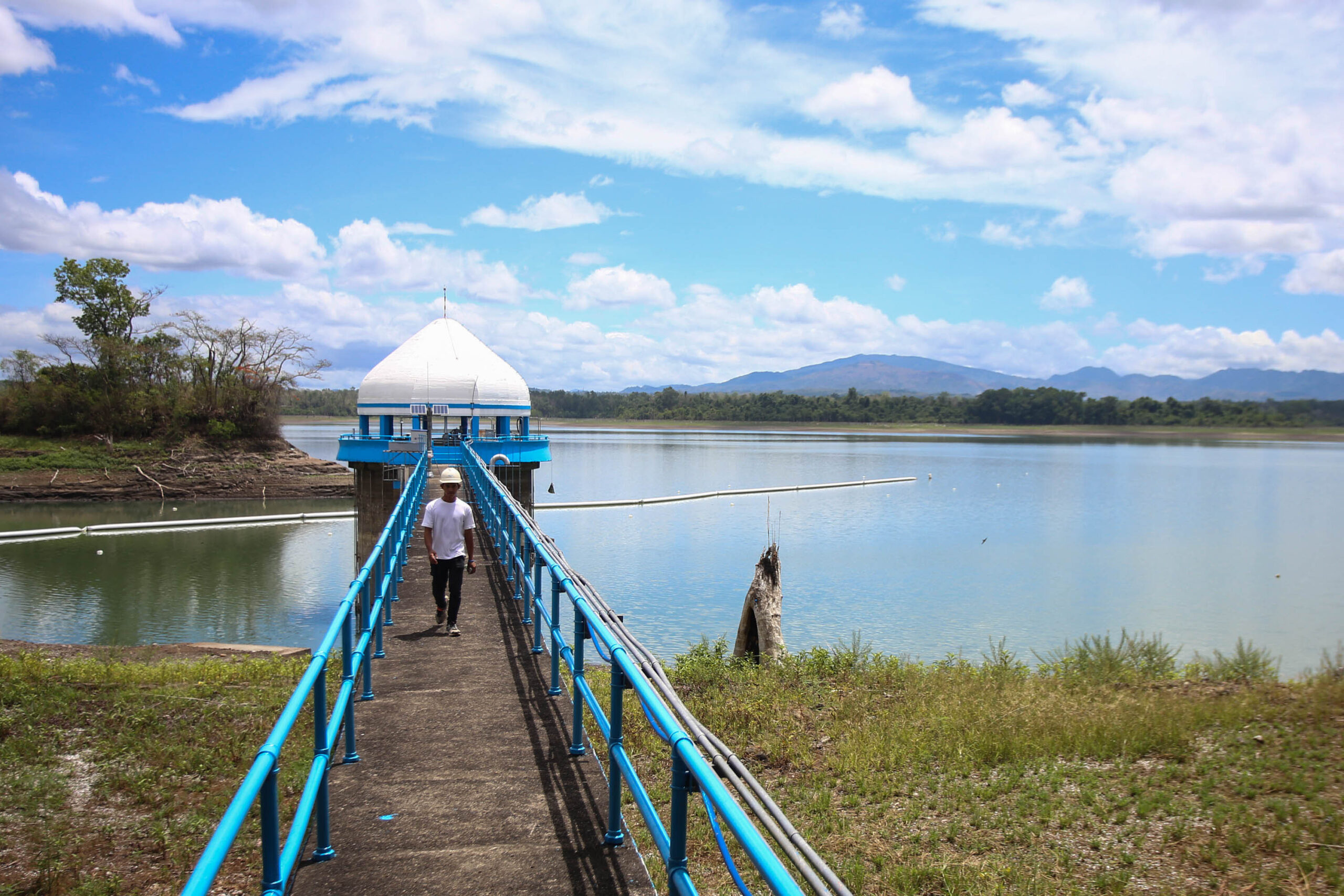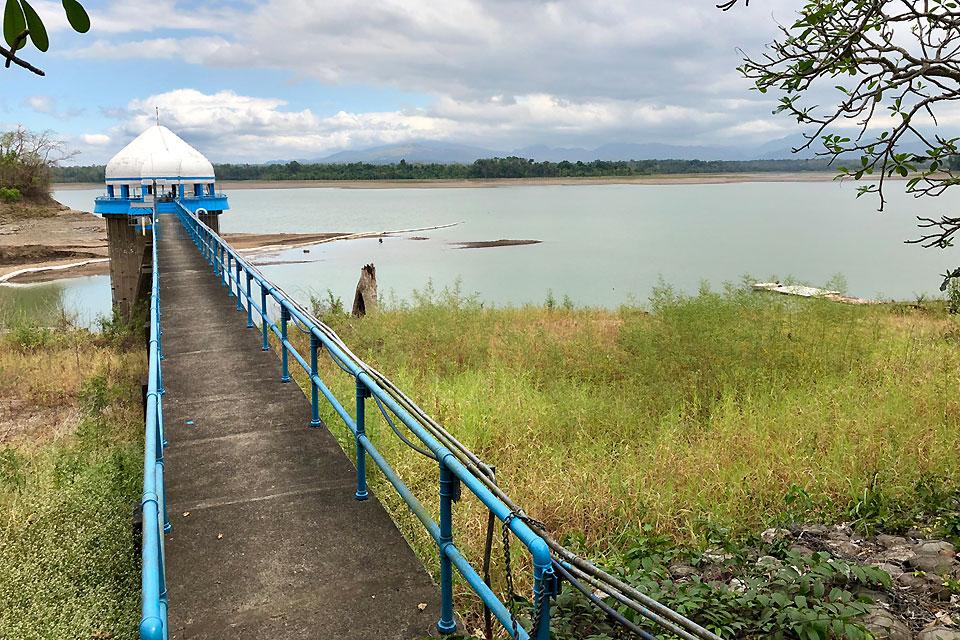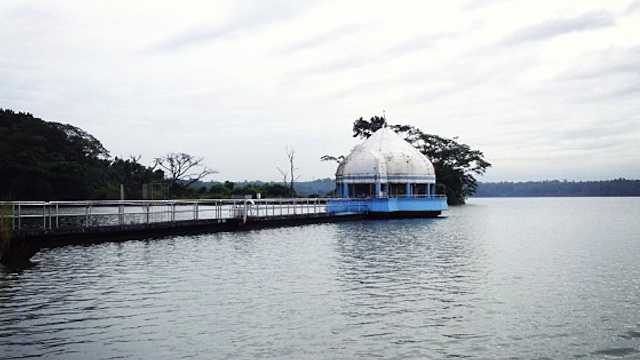La Mesa Dam is a crucial infrastructure asset located in Quezon City, Philippines. It plays a vital role in supplying water to Metro Manila, the country’s bustling capital region. This article explores the history, significance, challenges, and ongoing efforts to protect and sustain La Mesa Dam, highlighting its importance to the region’s water security and environmental health.
Historical Background La Mesa Dam

Construction and Early Years
La Mesa Dam was constructed in 1929 during the American colonial period in the Philippines. Its primary purpose was to provide a reliable water supply to Metro Manila, which was rapidly expanding at the time. The dam impounds water from the Novaliches Reservoir, created by the confluence of the Marikina River and other smaller streams.
Over the years, La Mesa Dam has undergone several upgrades and expansions to meet the growing demands of the metropolis. It is now an integral part of the Angat-Ipo-La Mesa water system, which supplies more than 90% of Metro Manila’s water needs.
The La Mesa Watershed
Surrounding La Mesa Dam is the La Mesa Watershed, a protected area that spans approximately 2,700 hectares. The watershed is crucial for the dam’s functionality as it collects and filters rainwater, ensuring a steady supply of clean water to the reservoir. The watershed is one of the few remaining green spaces in Metro Manila and is home to diverse flora and fauna, making it an important ecological area.
Significance of La Mesa Dam
Water Supply
La Mesa Dam is the final stage in the water supply system for Metro Manila. Water from the Angat and Ipo dams flows into La Mesa Dam, where it undergoes further treatment before being distributed to millions of residents in the metropolis. The dam’s capacity is crucial for maintaining water pressure and supply consistency, especially during peak demand periods.
Environmental Importance
The La Mesa Watershed plays a key role in environmental conservation. It acts as a carbon sink, helps regulate the local climate, and provides a habitat for various wildlife species. The forested area also prevents soil erosion and reduces the risk of flooding in downstream communities.
Recreation and Education
La Mesa Dam and its surrounding watershed offer recreational and educational opportunities for the public. The La Mesa Eco Park, located within the watershed, is a popular destination for families, schools, and nature enthusiasts. The park features walking trails, picnic areas, and educational exhibits that highlight the importance of water conservation and environmental protection.
Challenges Facing La Mesa Dam

Urbanization and Encroachment
One of the biggest challenges facing La Mesa Dam is the rapid urbanization of Metro Manila. Encroachment into the watershed area by informal settlers and illegal logging activities pose significant threats to the integrity of the ecosystem. These activities can lead to increased pollution, reduced water quality, and the loss of biodiversity.
Pollution and Water Quality
Pollution from industrial, agricultural, and residential sources is a major concern for La Mesa Dam. Runoff from surrounding areas can introduce contaminants into the reservoir, affecting the quality of the water supply. Efforts to monitor and mitigate pollution are ongoing, but the challenge remains substantial due to the dense population and industrial activities in Metro Manila.
Climate Change
Climate change poses a long-term threat to La Mesa Dam and its watershed. Changes in rainfall patterns, increased frequency of extreme weather events, and rising temperatures can impact water availability and quality. The watershed’s ability to regulate water flow and maintain a stable supply is crucial in adapting to these changes.
Conservation and Protection Efforts
Government Initiatives
The Philippine government, through various agencies such as the Metropolitan Waterworks and Sewerage System (MWSS) and the Department of Environment and Natural Resources (DENR), has implemented several initiatives to protect and conserve La Mesa Dam and its watershed. These initiatives include reforestation projects, pollution control measures, and the enforcement of environmental regulations.
Public and Private Partnerships
Public and private partnerships have played a significant role in the conservation of La Mesa Dam. Organizations such as the ABS-CBN Foundation have been instrumental in raising awareness and funds for watershed protection. The La Mesa Watershed and Eco Park project, spearheaded by the foundation, has been successful in mobilizing community involvement and corporate support for environmental conservation efforts.
Community Involvement
Community involvement is crucial for the sustainable management of La Mesa Dam and its watershed. Local communities are encouraged to participate in tree-planting activities, clean-up drives, and educational programs. Engaging the public in conservation efforts helps foster a sense of ownership and responsibility for protecting this vital resource.
Future Outlook

Sustainable Management
Ensuring the sustainable management of La Mesa Dam and its watershed is essential for the future water security of Metro Manila. Integrated water resource management approaches that consider ecological, social, and economic factors are necessary. This includes continuous monitoring, adaptive management practices, and the incorporation of climate resilience strategies.
Technological Innovations
Technological innovations can play a significant role in enhancing the efficiency and sustainability of water management at La Mesa Dam. Advanced water treatment technologies, remote sensing for monitoring watershed health, and data analytics for optimizing water distribution are some of the potential areas for innovation.
Policy and Advocacy
Strong policy frameworks and advocacy efforts are critical for the long-term gengtoto protection of La Mesa Dam. Policymakers must prioritize environmental conservation and enforce regulations that prevent encroachment, pollution, and other threats. Advocacy groups can help raise awareness and influence public opinion, driving support for sustainable practices.
Conclusion
La Mesa Dam is more than just a reservoir; it is a lifeline for Metro Manila, providing essential water supply to millions of residents. Its significance extends beyond water provision, encompassing environmental conservation, recreation, and education. However, the dam and its watershed face numerous challenges, including urbanization, pollution, and climate change.
Addressing these challenges requires a collaborative effort involving government agencies, private organizations, and local communities. Through sustainable management practices, technological innovations, and robust policy frameworks, La Mesa Dam can continue to serve as a vital resource for Metro Manila while preserving its ecological integrity for future generations.
Read More Article About “Kimberly Cheatle: Leading with Integrity and Vision in the Secret Service“
